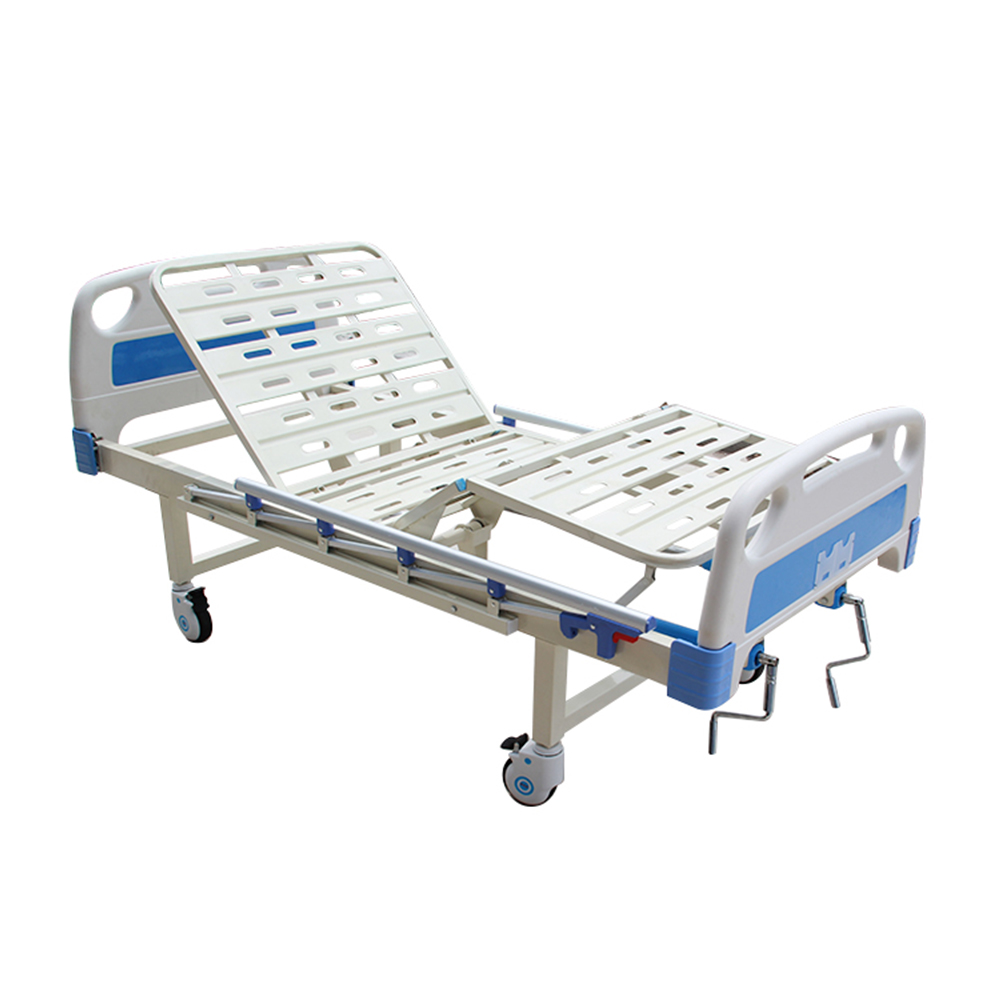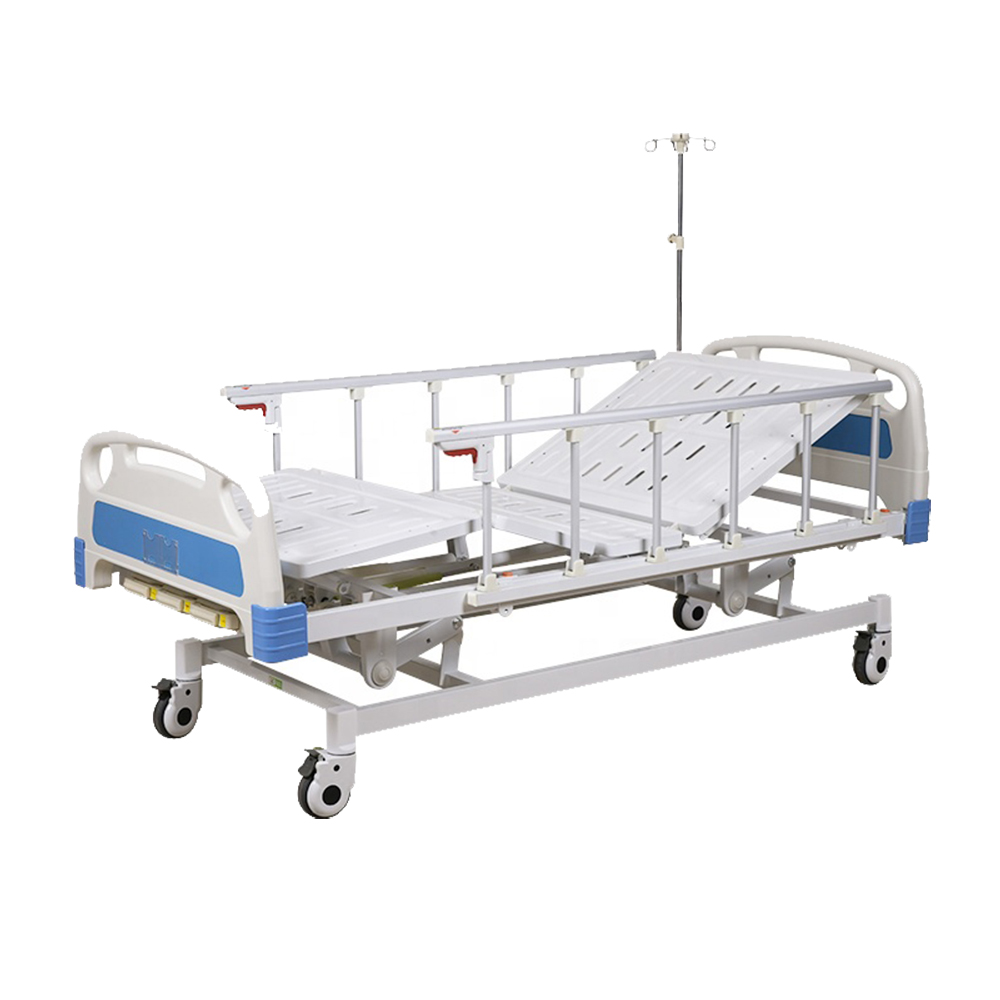Hazel tree breeding methods are many, mainly grafted seedlings, seedlings, seedlings, seedlings and cuttings seedlings and other methods. Seedlings that are propagated by cutting, layering, and ramets are called self-rooted seedlings. The cultivation method of cultivation of hazel in China is the technique of seedling propagation. However, the earliest hybrid hazelnuts were grafted. Here we focus on introducing these two methods. However, whether it is a layering technique or a grafting technique, they are all the same in the selection of seedlings.
1 Selection and establishment of seedlings
Convenient transportation, adequate water is the first place to consider the seedlings. We should choose leeward, sunny, or slightly sloped ground. For large slopes, terraces should be built first. The soil should be chosen sandy loam, heavy clay and heavy salt alkaline soil can not be planted. The well-chosen sites are to be ploughed to the site.
2 Reproduction of grafted seedlings
First of all, let's take a look at the grafting technique. Grafting is more applicable to the hybridization of hazelnuts. It is a major method of hybridizing hazelnuts, so that new varieties can replace some outdated varieties or wild varieties.
2.1 Rootstock selection
First of all, we must choose a good rootstock, usually with wild hazel seedlings, such as Ping Hazel seedlings. Rootstocks can be selected from 1-2 years old seedlings. Requirements must be lignified. The diameter of 0.7-1.5 cm is appropriate. Rootstock seedlings are too thick or too thin to join the scion.
2.2 Scion selection
Scions must be cut from the parent strains of superior or superior lines. Select one-year-old lignified shoots with moderate thickness and full buds for scion. Excessive branches, thin branches, and pests and branches are not suitable for scion. Scissors are usually best cut in spring. Cut the scion to do a simple treatment. Cut the scions into small pieces about 15 centimeters long, leaving only 1/3 of the leaves. The topmost blade is removed, leaving only the buds. The scion should be soaked with carbendazim 100 times for 5 minutes, and the graft can be grafted immediately.
2.3 Grafting method
Cutting method is usually used to cut off the upper part of the rootstock first, and to cut the plane or cut the slope, and the two different sections, the method of grafting is also different. If the section of the rootstock is beveled, then use a guillotine knife in the center of the rootstock to rake it vertically, about 1.5cm deep. The scions should have 2-3 buds, and the ends of the scion should also be beveled. In the middle of the scion, the scion should be closely attached to the rootstock to form a layer alignment. After that, the plastic film can be used to bind the bud. Now.
If the rootstock is flat, the scion will be cut into two opposing wedges, the length of the noodle being 1cm. At this time, the stock is directly inserted into the rootstock. Here, it should be noted that the skin of the rootstock should be aligned with the skin on one side of the scion. This is easy to combine, and then it can be tightly tied with a plastic film.
Grafting method is the most traditional method of reproduction, but if it is used as breeding seedlings, it should adopt the currently most widely promoted technique of seedlings.
3 Striping
Batten propagation is divided into hard sticking strips and green sticking strips. One-year-old shoots are usually used to make the sticks, which are called hard-sticking techniques. The new shoots that are used in the year are called green sticks. First of all, we explain the green branches.
3.1 Green sticks
Green sticks are mostly in May-June. In carrying out this operation, we must prepare the culture medium. Usually sawdust is used as the medium. We use clean and high-quality sawdust. After preparing the sawdust, we must sprinkle a small amount of water on it, and pay attention to uniform application. After 10 minutes, prepare carbendazim, mix carbendazim and water in a ratio of 1:100, pour the carbendazim solution onto the sawdust, stir it evenly, and finally make the sawdust wet at an appropriate level. We can hold one hand and see it as a group. No water can flow out. This has a good bactericidal effect on seedling breeding.
Green branching needs to be carried out in a mature garden. As the parent plant of the propagation seedlings, it is required to grow robustly and disease-free. Generally, when the mother plant grows to 3 years, it will gradually grow seedlings, and it will be able to multiply seedlings. Around the seedlings as a bead, we must choose the ones that were born, unlignified and well-developed. The diameter should be 0.7 cm or more and the height should be 45 cm or more. However, weeds should be removed from the seedlings before the layers, which also facilitates the following operations. In the operation, we first remove the leaves at the bottom of the branches, and generally leave the branches at least 25 centimeters from the ground. At this time, we use a small wire at 5-8 cm from the ground, but don't use too much effort. Just close the system and wind 2-3 turns. The purpose of the iron wire is mainly to facilitate the taking of seedlings in the future. After the wire is tied, brush some rooting powder solution at a distance of at least 15 cm above the wire. We can prepare a 1000 times solution of naphthalene acetate rooting powder. It can be applied with a small brush such as a used toothbrush.
Next, we put a plastic bag on the sticks. The plastic bag can be nailed with a plastic film. Plastic bags are larger, but also according to the size of the plant. We will cover the plastic bag from the top of the plant and the bag will be at a height of 22-28 cm. Pay attention to gather the branches of the plants in a timely manner and avoid damaging the branches and leaves of the plants. After enclosing the plastic bag around the bottom of the plant, hold it apart and pour some sawdust into it. Be careful to fill the entire bag and compact it slightly. In general, 10-100 seedlings can be grouped next to each mother plant. It takes about 15 days or so. Let's take a look. At the upper part of the branches, there will be some small fibrous roots sprouting. This proves that the breeding of our branches has taken root. Green branch layer is currently one of the more advanced methods of breeding, and the success rate is high. Here we introduce a more traditional layering method - hardwood layering.
3.2 Hardwood layering
Most of the hardwood sticks were made in early spring, but they chose one year old branches. Select the mother plant and select good, disease-free annual branches. At the beginning, the method of stiff branches and green branches are the same. The first step is to do some treatment. First remove the leaves of the seedlings and leave only the petiole. At the bottom of the shoot, 5-8 cm is wound with wire, and the upper end of the wire is also brushed with root powder solution. The range of brush solution is also about 15 cm above the wire. At this time, we use hardwood layering to make it different from greenwood. We need to prepare some small wooden sticks. We must use small ropes to fasten the two small wooden sticks together to form an “H†shape, and then artificially lighten the seedlings. Pull down and pull it to a level close to the ground. When pulling the branches, the action should be light, do not pull or pull the shoots. At this time, a small wooden stick is inserted on both sides of the branch, and the controlling branch is no longer erected. Then cover the bottom of the branches with a 15-20 cm cover. Afterwards, the front part of the branches must be exposed on the ground. At this time, use the triangle fork to lift the front branch upright. This will complete the hardwood layering.
Small roots are usually grown between 15 days and 20 days after completion of the battening work.
The mother plant can not only reproduce seedlings, it can bear fruit, but it can benefit both at one stroke and the other.
SHANGHAI ROCATTI BIOTECHNOLOGY Co., Ltd is a leading exporter and supplier of medical equipment in China. We are not only manufacturer of medical equipment but also we are professional on providing one-stop solution of hospital project, clinic project, Education University, laboratory, government tender as well as distributors. With more than 10 years of experience, our products have been exported to more than 100 countries and have obtained good reputations because of our competitive price, high quality products and excellent service.



Hospital Bed,Hospital Bed Automatic,Abs Hospital Bed,Manual Hospital Bed With Wheels
Shanghai Rocatti Biotechnology Co.,Ltd , https://www.ljdmedicals.com